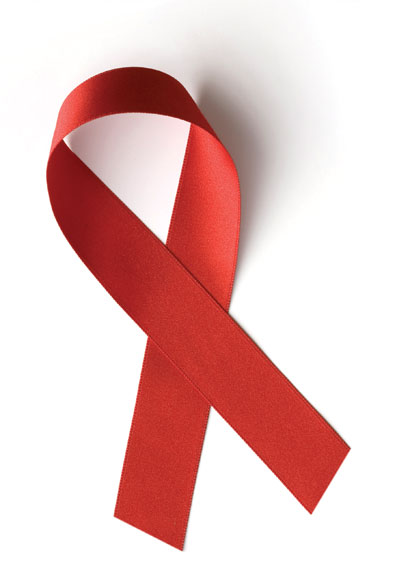Tying It All Together

The link between HIV/AIDS and intravenous drug use is well documented, and many countries around the world learned from mistakes made in the 1970s and 1980s, and are revisiting their public health policies to slow the rise of new cases. One country that lagged on addressing the crisis was Russia, where the spread of HIV/AIDS among intravenous drug users skyrocketed into an epidemic in 2000.
“There is a huge chasm between the silos of HIV treatment and addiction treatment in Russia,” says Jeffrey Samet, chief of general internal medicine at the School of Medicine and Boston Medical Center and a professor of medicine and community health sciences. “There is very little communication between the two on how to coordinate care.”
In 2000, Samet began the first of many research projects on HIV and alcohol and other addictions, and became a firsthand observer of the Soviet-era health care methods that had contributed to an alarming rise in the number of HIV cases in heroin users. By 2008, the prevalence of HIV among intravenous drug users was 27 percent in Russia, compared to 15 percent in the United States, and 1 percent in Australia, which aggressively adopted needle exchange programs.
Samet’s research in addiction medicine—which incorporates health services, behavioral, and epidemiological approaches, and has become his life’s work—involves physician education, including mentoring junior faculty on clinical research skills, and appropriate primary care for substance abusers to foster disease prevention and management. He believes that physicians can play an important role in early detection and intervention and can assess patients’ readiness to change alcohol or drug use behavior.
According to Samet, even minor intervention on the part of a physician can bring dramatic results: studies show that patients can be motivated to change, sometimes with as little as five to 15 minutes of counseling. “The only way you can convince people about changing behavior is to be clear and honest about the consequences of that behavior,” he says.
Samet also co-directs the Chief Resident Immersion Training Program, teaching chief residents from hospitals around the country about addiction. The goal is to improve their knowledge, confidence, and preparedness to teach about, diagnose, and manage substance abuse. Six months after training, 97 percent of program participants report being more likely to incorporate information on substance abuse into teaching.
“Physician education is a high priority,” says Samet, who assumes the presidency of the American Board of Addiction Medicine in January 2012. “We need to bring addiction into the foreground as a recognized disease.”